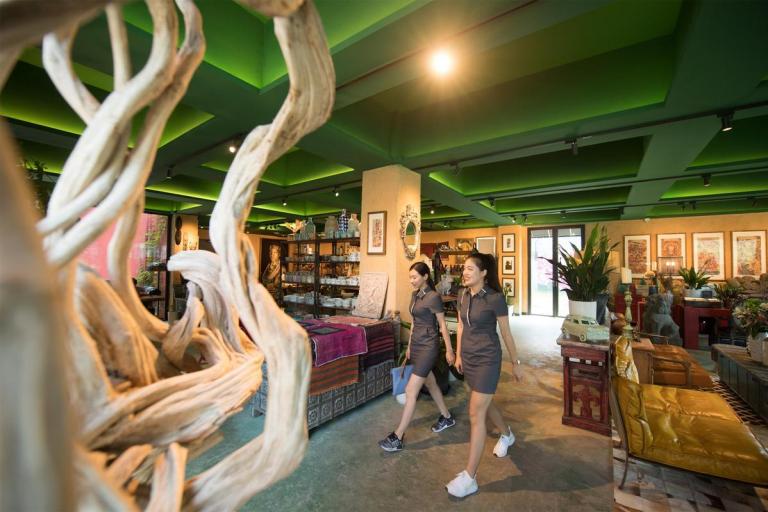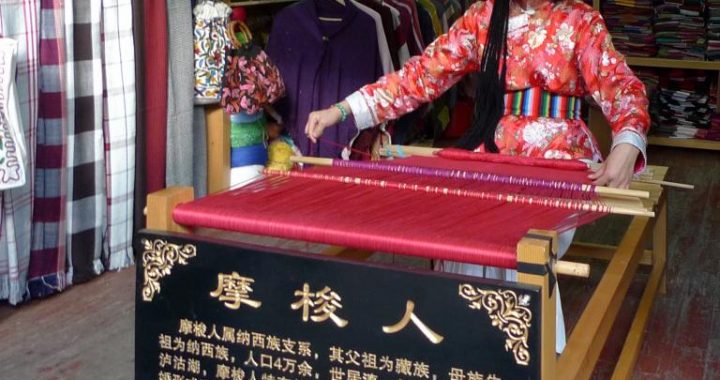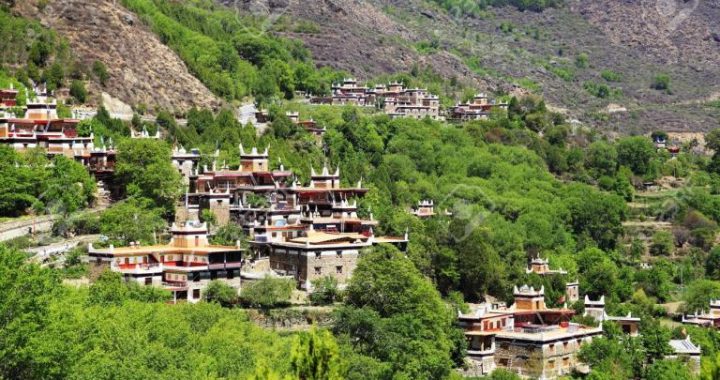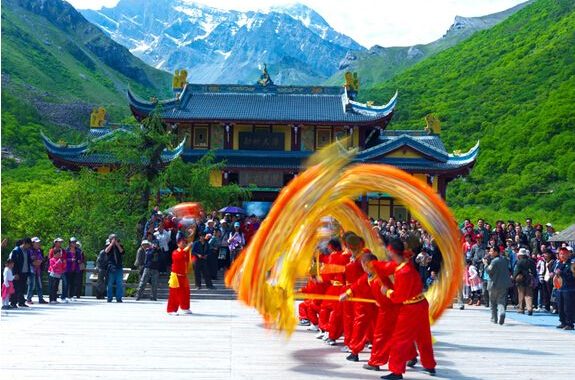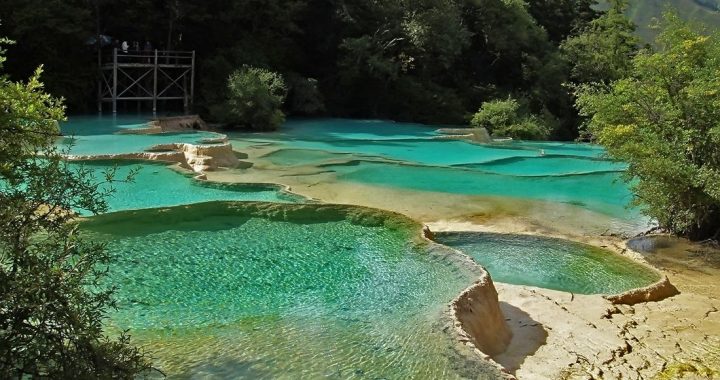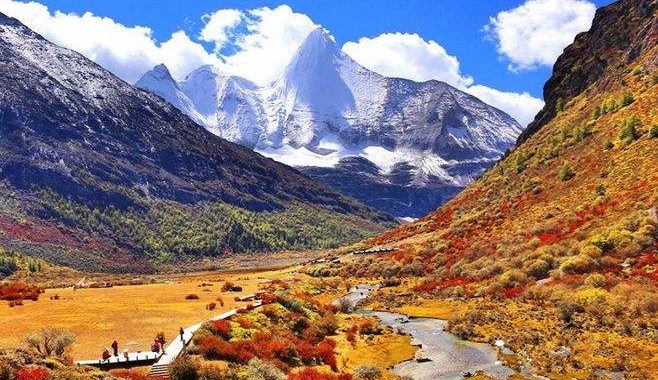Rural tourism in Nongke Village in Pixian, Sichuan
3 min readRural tourism is a newly developing sector in the industry that takes advantage of a combination of tourist resources, including agricultural operational activities, country life, farm scenery, country culture and living environment in the countryside, and allowsinteraction between the city and the countryside. It is a model for a new type of leisure activity for people looking for a healthier lifestyle and interested in getting back to nature that involves a high degree of participation Development of rural tourism is mainly based on agriculture, the countryside and rural affairs, and gives tourists a real taste of work and life in the countryside. the tours give visitors the opportunity to eat produce that is native to the area. live in wooden houses with black tile roofs as the local residents do and enjoy themselves at a per formance put on by the villagers. it is not onl a one-time tour, but also a learning experience that will enrich the culture of tourists The emergence of rural tourism is a part of the change in urban and rural consumer habits a new economic growth area in the countryside, a way to absorb more surplus rural labor and a way to increase rural incomes and helps meet the demand for recreational activities among urban residents.
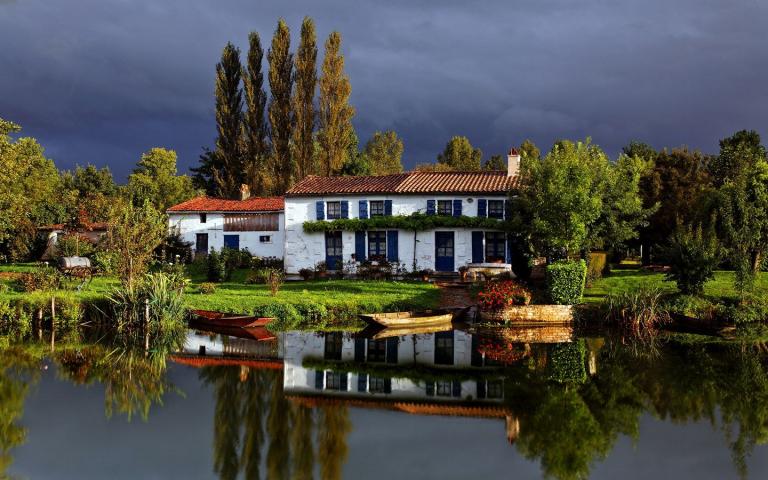
The first site for rural tourism in China is Nongke Village in Pixian, Sichuan located 18 kilometers west of Chengdu. The first household that provided rural tourism service is the Xu family estate. In 1987 all the families in Nongke Village planted flowers and grass to beautify their backyards, attracting many local visitors and visitors from outside the province. The new residence of villager Xu jiyuan was designated at that time by the government as the reception point for visitors. This gave yang Shoucheng the then Party committee secretary who was a fan of the countryside, the inspiration to make the village into the “Farm Family Park. It was to be a park for visitors and a place of work for the local residents. Beginning with the Xu family estate as the first home to accept visitors on tours of the village, nongke village set out on a new path of developing countrysidetourism. This influenced the surrounding areas, which also began developing countryside tourism, thereby attracting large numbers of city dwellers coming to enjoy the clean pure environment of the countryside. The mushrooming sector of rural tourism began here with treks through bamboo forests, walking across stone paths, crossing small bridges, viewing the grass and trees, and enjoying country cuisine. The trees and flowers have beautifiedthe environment and the improved environment helps boost tourism, which in turn promotes production. At the peak of its popularity in the 1990s, the rural tourism of Nongke village included 102 households and became a prime example of countryside tourism in the chengdu area with its motto of “eat home-cooked country food, taste the farm-fresh vegetables stay in a country residence, experience farm work, enjoy rural pastimes and buy locally made products.

Future development plans call for the area of nongke village to be expanded to lo til its original size to nearly 4, 000 mu. Plans for the new Nongke Village include a maste. mes plan for village s makeover and a plan for distribution of production facilities and scenic sites. The 13 kilometer circular tourist route has already been widened, 8.5 kilometers of water, electricity and sewage pipelines have been laid and a 6.8-kilometer main scenic route for tourists has been fully landscaped and beautified. Nongke village isnow working hard to become a civilized and harmonious place that is a prime example of the new socialist countryside with a thriving economy, full range of functions, beautiful environment and excellent living conditions.
